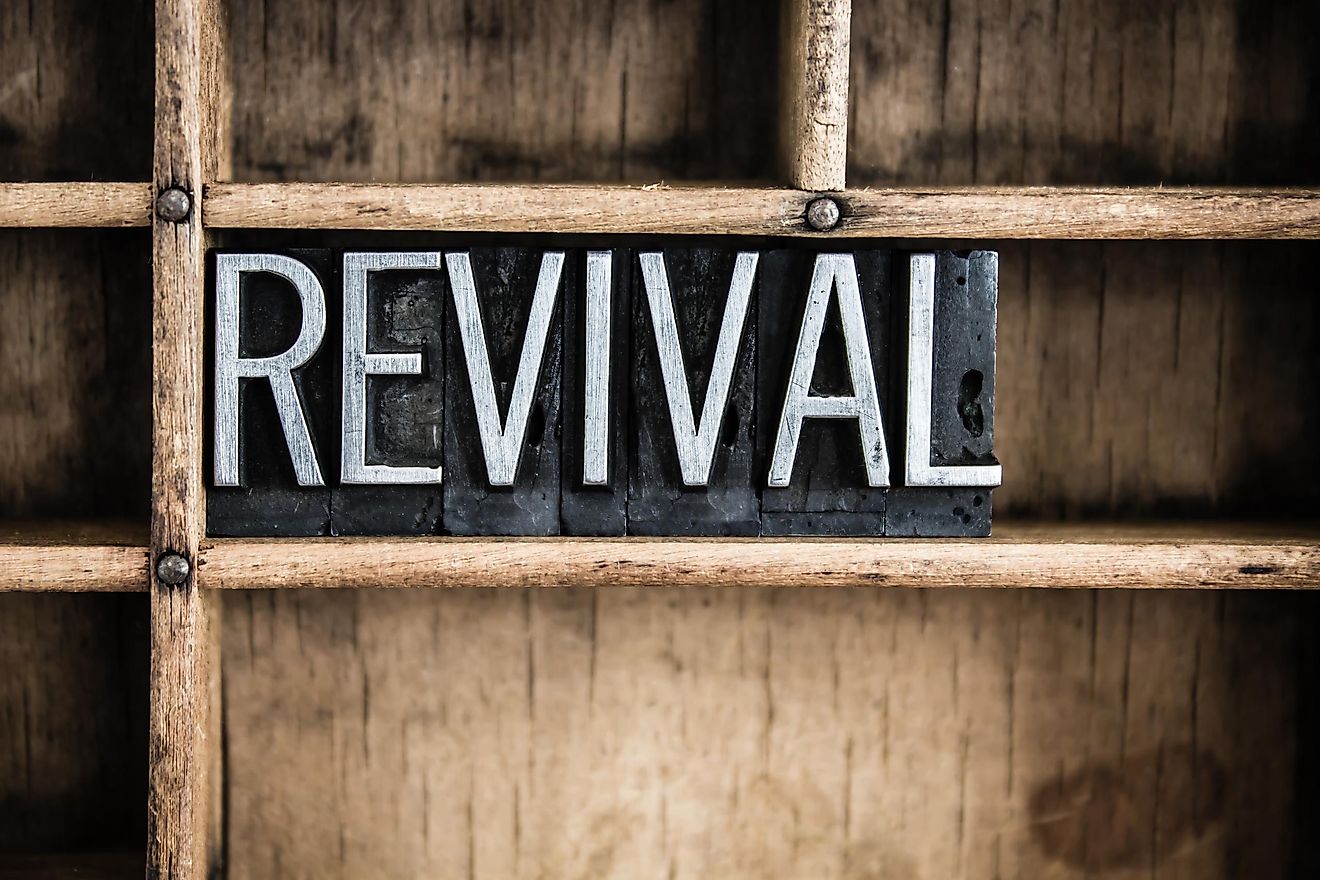Who Led The Second Great Awakening?

- The Second Great Awakening was an event that marked a revival of Protestantism in the 19th century.
- The groups that were pushing for this second wave of Protestant revival were mostly Baptists, Methodists, and Presbyterians.
- When compared to the First Great Awakening, the Second one was substantially larger and its influence was felt all over the world.
The Second Great Awakening was an event that marked a revival of Protestantism in the 19th century. It was an important event that had the goal of spreading religion through various ways of preaching and revivals. Many different movements were a part of the Second Great Awakening. The event also resulted in the birth of many other religious movements such as Adventism and the Latter Day Saint movement, just to name a few.
It is hard to determine who exactly led the Second Great Awakening because it was not a simple process or just a single event. It happened over a period of many years throughout the United States. However, several names are more important than others. Those people are Charles Finney and William Miller. We will talk about them and the importance of the Second Great Awakening in this article.
The Importance Of Revivals
The Second Great Awakening was marked by numerous revivals. These events would draw in hundreds of people, many of whom would end up converting to the Protestant faith. People that were living in faraway parts of the United States were contacted by circuit riders. The Methodist Church was responsible for using them, all in the attempt to further strengthen the revival of the Protestant religion.
Throughout the Second Great Awakening, many social reforms were made. It was also a period in time where high importance was placed on salvation through various institutions. It was truly an interesting time for religion in the United States. Throughout the country, signs of the movement could be felt. Of course, it is important to note where it all started. The places where the revival got its initial push and where the religious enthusiasm could be felt the most were Kentucky and Tennessee. This was during the late 18th century and early 19th century.
Religion As Comfort
The groups that were pushing for this second wave of Protestant revival were mostly Baptists, Methodists, and Presbyterians. Their numbers were starting to increase during this time, so they naturally wanted to expand their religion even further. They started moving westward in their attempts to expand the territory of their influence. During this time, America was going through many uncertainties. The country was in the era of many social and political changes, and the bigger emphasis on religion brought comfort to people.
This movement was not important exclusively for religion. As a direct consequence of the Second Great Awakening, several colleges were founded, as well as a large number of mission societies and seminaries. Throughout the colonies of America, peoples’ views on religion were changing. This event was incredibly influential because it gave the people what they needed at this time.
The People Behind The Movement
People were starting to look at religion in a more personal way. They were not relying on ministers as much and tried connecting with God personally. With the growth of the movement, colonies were becoming unified and the influence of the church was getting stronger. When compared to the First Great Awakening, this one was much larger and its influence was felt all over the world. It is considered to be a part of larger movements that were happening across Germany and England.
William Miller was an important figure of the Second Great Awakening, most notably for creating the Advent Movement during the 1830s. The main belief of this movement was the second coming of Jesus Christ. Charles Finney on the other hand was an extremely active revivalist in the New York area of the country. Thanks to his effort, this part of America had higher levels of religiosity than the others. These two names are often credited as having influenced the start of the Second Great Awakening.











